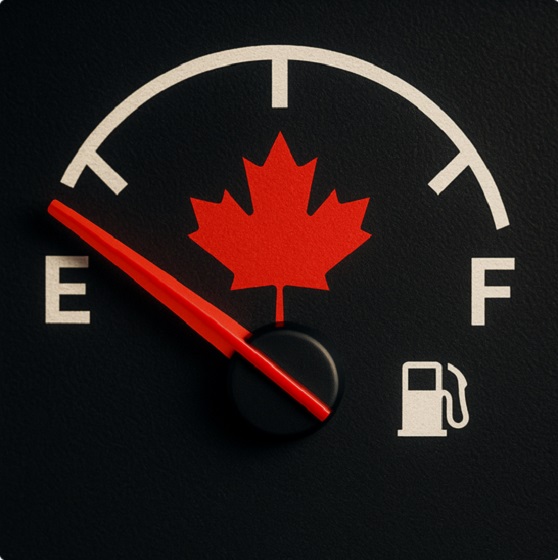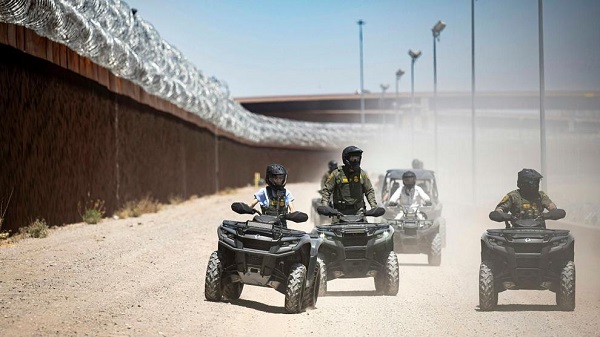Fraser Institute
B.C. Aboriginal agreements empower soft tyranny of legal incoherence

From the Fraser Institute
By Bruce Pardy
In April 2024, the British Columbia government agreed to recognize and affirm the Haida Nation’s Aboriginal title to the archipelago on Canada’s west coast. In December, Ottawa did likewise. These agreements signal danger, and not just on Haida Gwaii.
The agreements tell two conflicting stories. One story is that a new era has begun. Colonial occupation has ended. Haida Gwaii will be governed in accordance with Haida Aboriginal title. But the second story is that private property will be honoured, federal, provincial and local governments will continue to exercise their jurisdiction, and the province will continue to provide and pay for health, education, transportation and fire and emergency services.
On Haida Gwaii, everything has changed, but nothing will change. Though both stories cannot be true, it’s impossible to tell which is false in what respects. Who has jurisdiction over what? If you use your land in a way that complies with local government zoning but the Council of the Haida Nation prohibits it, is it prohibited or permitted? If the council requires visitors to be vaccinated, but the province does not, must they be vaccinated or not? The agreements don’t say.
When jurisdictional conflicts arise under the agreements, they are to be “reconciled” in a transition process. But that process will be decided under Haida law, which is not codified or legislated. Only those with status and authority can say what it is. The legal meaning of the Haida Gwaii agreements therefore cannot be ascertained in any objective sense.
The agreements say private property on Haida Gwaii will be honoured. But private property is incompatible with Aboriginal title. According to the Supreme Court of Canada, Aboriginal title is communal: it consists of the right of a group to exclusive use and occupation of land, but with inherent limits on that use. Land subject to Aboriginal title “cannot be alienated except to the Crown or encumbered in ways that would prevent future generations of the group from using and enjoying it,” the Court wrote in 2014. “Nor can the land be developed or misused in a way that would substantially deprive future generations of the benefit of the land.” If so, the promises in the agreement conflict. Land subject to Aboriginal title cannot be given away or sold, either as a single piece or in bits, except to the Crown. But when land is surrendered to the Crown, Aboriginal title is extinguished on that land. If Haida Gwaii really is subject to Aboriginal title, then no one can own parts of it privately.
Around 5,000 people live on Haida Gwaii, about half Haida. In April 2024, they voted 95 per cent in favour of the B.C. agreement at a special assembly in which non-Haida residents had no say. The agreements create two classes of citizens—one with political status, the other without, depending on people’s lineage.
According to B.C. Premier David Eby, the Haida Gwaii agreement is a template for the rest of the province. In early 2024, the government proposed to amend the province’s Land Act to empower hundreds of First Nations to make joint decisions with the minister on how Crown land—around 95 per cent of the province—is used. That would have given First Nations a veto over the use of public land. Public backlash forced the government to withdraw its proposal, which it did in February 2024. But it has not backed off its objectives and instead has embarked on a series of agreements granting title to, or control over, specific territories to specific Aboriginal groups. Typically, these are negotiated quietly and announced after the fact.
For example, in late January, the government revealed it had made an agreement with the shíshálh (Sechelt) Nation on B.C.’s Sunshine Coast granting management powers, providing for the acquisition of private lands, and making a commitment to recognize Aboriginal title. That agreement was made in August 2024 on the eve of the provincial election but kept hidden for five months. The government eventually posted a copy of it on its website—though with portions redacted. According to an area residents’ association, they were not consulted and weren’t even advised negotiations were taking place.
In the courts, the story is unfolding in a similar way. A judge of the B.C. Supreme Court recently found that the Cowichan First Nation holds Aboriginal title over 800 acres of government land in Richmond, B.C. But that’s not all. Wherever Aboriginal title is found to exist, said the court, it is a “prior and senior right” to fee simple title, whether public or private. That means it trumps the property people have in their house, farm or factory.
If the Cowichan decision holds up on appeal, private property will not be secure anywhere a claim for Aboriginal title is made out. In November, a New Brunswick judge suggested that where such a claim succeeds, the court may instruct the government to expropriate the private property and hand it over to the Aboriginal group.
The Haida Gwaii agreements empower the soft tyranny of legal incoherence. The danger signs are flashing. More of the same is on the way.
Business
Federal Budget 2025: A responsible media would ensure Canadians know about the dismal state of federal finance

From the Fraser Institute
By Jake Fuss and Grady Munro
From 2014 to 2024, gross government debt (including federal, provincial and local governments) increased from 85.5 per cent of the economy (measured by GDP) to 110.8 per cent—a larger increase than any other G7 country. When debt grows faster than the economy, government finances are unsustainable.
Ahead of the Carney government’s long-awaited first budget scheduled for Nov. 4, a recent CBC commentary described the long-standing debate about the federal deficit and the state of federal finances as “something of a phoney war.” And that calls to balance the budget—expressed today and over the last decade—have lacked any serious discussion about the trade-offs between allowing deficits to persist versus balancing the budget.
While there’s certainly something to be said about the political theatre that regularly dominates the House of Commons—which we agree focuses too often on scoring political points instead of adequately assessing the merits of policy—it’s wrong to downplay concerns about the state of federal finances. Such concerns aren’t “phoney.”
Consider this. From 2014 to 2024, gross government debt (including federal, provincial and local governments) increased from 85.5 per cent of the economy (measured by GDP) to 110.8 per cent—a larger increase than any other G7 country. And federal gross debt increased from 53.0 per cent of the economy in 2014/15 to a projected 70.0 per cent in 2024/25. When debt grows faster than the economy, government finances are unsustainable. And the Carney government seemingly plans to continue this same approach.
In other words, the government plans to continue to spend more than it collects in revenue, continue to run massive deficits, and continue to rack up large amounts of debt.
Why should Canadians care?
Because the costs of government debt land squarely on their backs. For example, when government debt levels rise, the cost of debt interest often also rises. This year the federal government will spend a projected $54.5 billion on debt interest costs—equivalent to what it sends to the provinces for health care. Moreover, when governments borrow money, they can help drive up the cost of borrowing by increasing demand for the limited pool of savings that both government and the private sector compete for—making it more expensive for a family to take out a mortgage or businesses to attract investments. And to pay for today’s debt accumulation, governments in the future may raise taxes—a burden that will fall disproportionately on younger generations.
Again, given this alarming deterioration in the state of government finances over the last decade and the costs it imposes on Canadians, there’s nothing disingenuous about calling for more fiscal discipline from Ottawa.
Of course, getting federal finances back in order is no small task—the Trudeau government’s forays into areas of provincial jurisdiction (which carry huge price tags), combined with Carney’s massive new spending commitments for defence and other programs, mean the government cannot balance the budget without significant trade-offs. In the past, the federal government has overcome similar fiscal circumstances by committing to balance the budget and outlining a clear plan to achieve this goal. The Carney government should heed these lessons and apply them in its upcoming budget.
Alberta
Alberta taxpayers should know how much their municipal governments spend

From the Fraser Institute
By Tegan Hill and Austin Thompson
Next week, voters across Alberta will go to the polls to elect their local governments. Of course, while the issues vary depending on the city, town or district, all municipal governments spend taxpayer money.
And according to a recent study, Grande Prairie County and Red Deer County were among Alberta’s highest-spending municipalities (on a per-person basis) in 2023 (the latest year of comparable data). Kara Westerlund, president of the Rural Municipalities of Alberta, said that’s no surprise—arguing that it’s expensive to serve a small number of residents spread over large areas.
That challenge is real. In rural areas, fewer people share the cost of roads, parks and emergency services. But high spending isn’t inevitable. Some rural municipalities managed to spend far less, demonstrating that local choices about what services to provide, and how to deliver them, matter.
Consider the contrast in spending levels among rural counties. In 2023, Grande Prairie County and Red Deer County spent $5,413 and $4,619 per person, respectively. Foothills County, by comparison, spent just $2,570 per person. All three counties have relatively low population densities (fewer than seven residents per square kilometre) yet their per-person spending varies widely. (In case you’re wondering, Calgary spent $3,144 and Edmonton spent $3,241.)
Some of that variation reflects differences in the cost of similar services. For example, all three counties provide fire protection but in 2023 this service cost $56.95 per person in Grande Prairie County, $38.51 in Red Deer County and $10.32 in Foothills County. Other spending differences reflect not just how much is spent, but whether a service is offered at all. For instance, in 2023 Grande Prairie County recorded $46,283 in daycare spending, while Red Deer County and Foothills County had none.
Put simply, population density alone simply doesn’t explain why some municipalities spend more than others. Much depends on the choices municipal governments make and how efficiently they deliver services.
Westerlund also dismissed comparisons showing that some counties spend more per person than nearby towns and cities, calling them “apples to oranges.” It’s true that rural municipalities and cities differ—but that doesn’t make comparisons meaningless. After all, whether apples are a good deal depends on the price of other fruit, and a savvy shopper might switch to oranges if they offer better value. In the same way, comparing municipal spending—across all types of communities—helps Albertans judge whether they get good value for their tax dollars.
Every municipality offers a different mix of services and those choices come with different price tags. Consider three nearby municipalities: in 2023, Rockyview County spent $3,419 per person, Calgary spent $3,144 and Airdrie spent $2,187. These differences reflect real trade-offs in the scope, quality and cost of local services. Albertans should decide for themselves which mix of local services best suits their needs—but they can’t do that without clear data on what those services actually cost.
A big municipal tax bill isn’t an inevitable consequence of rural living. How much gets spent in each Alberta municipality depends greatly on the choices made by the mayors, reeves and councillors Albertans will elect next week. And for Albertans to determine whether or not they get good value for their local tax dollars, they must know how much their municipality is spending.
-
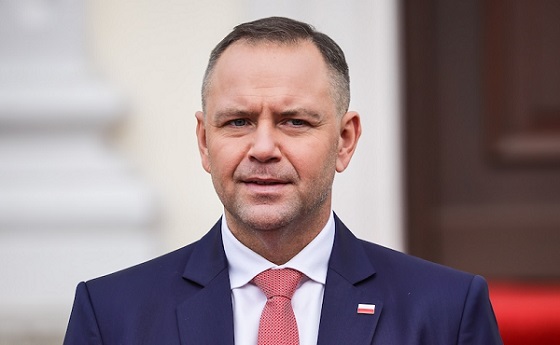
 International10 hours ago
International10 hours agoPoland’s president signs new zero income tax law for parents with two children
-
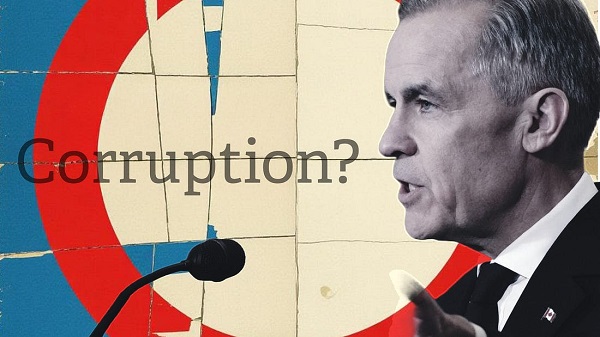
 Business21 hours ago
Business21 hours agoEthics on Ice: See You Next Year
-

 International11 hours ago
International11 hours agoAustralian territory bans men from women’s prisons in national first
-
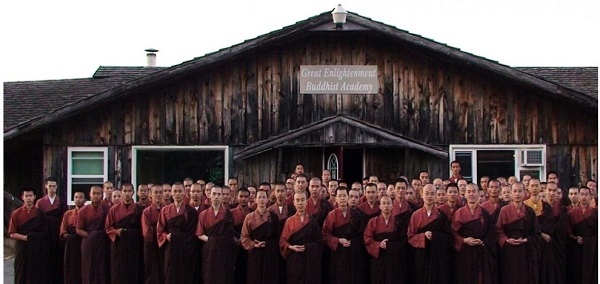
 espionage2 days ago
espionage2 days agoBreaking: P.E.I. Urges RCMP Probe of Alleged Foreign Interference, Money Laundering
-
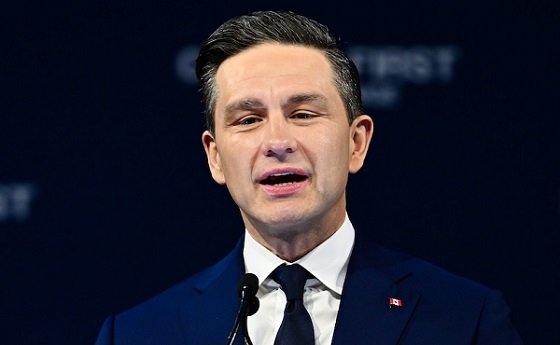
 National11 hours ago
National11 hours agoPoilievre accuses Canada’s top police force of ‘covering up’ alleged Trudeau crimes
-

 Business1 day ago
Business1 day agoCutting Red Tape Could Help Solve Canada’s Doctor Crisis
-

 Daily Caller1 day ago
Daily Caller1 day agoTrump, Putin Agree On High-Stakes Meetings To Negotiate End To Ukraine War
-

 Business23 hours ago
Business23 hours agoFederal Budget 2025: A responsible media would ensure Canadians know about the dismal state of federal finance





